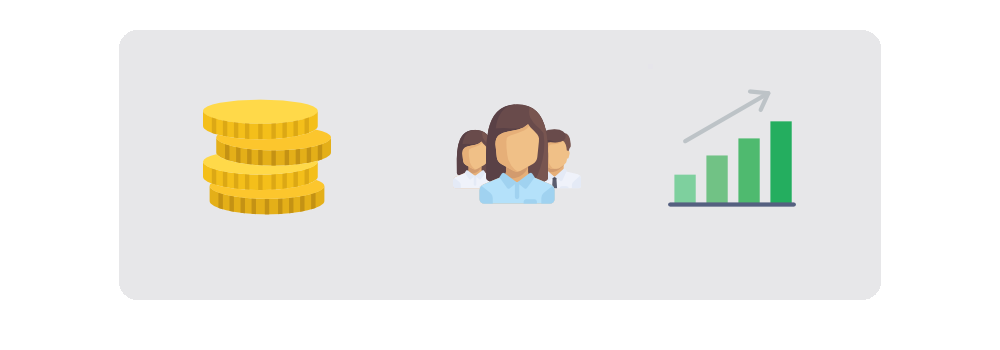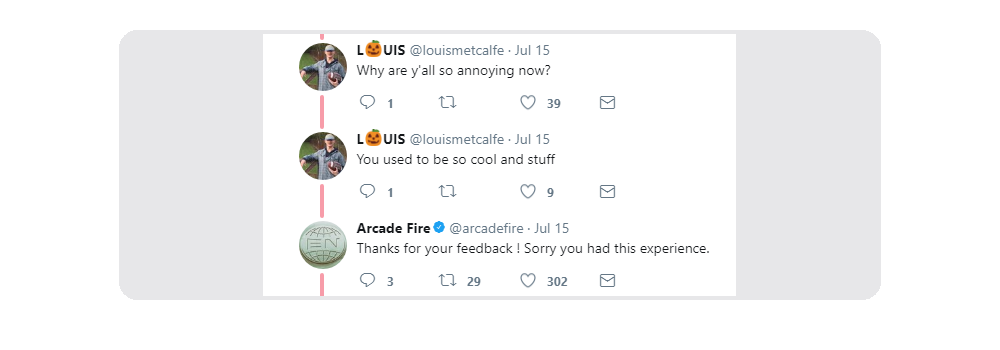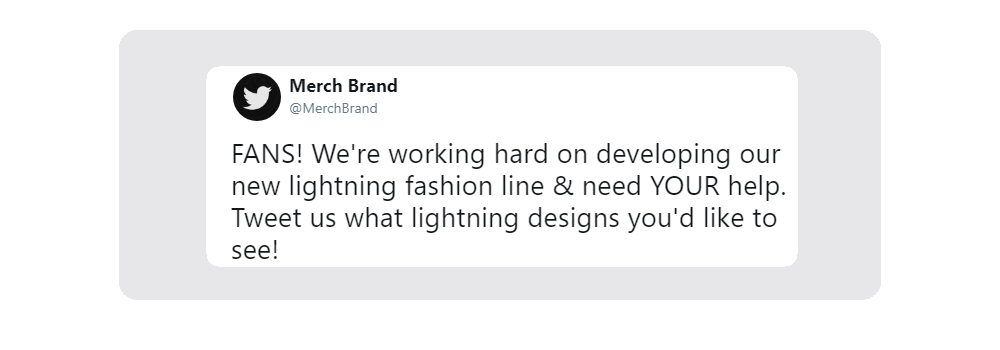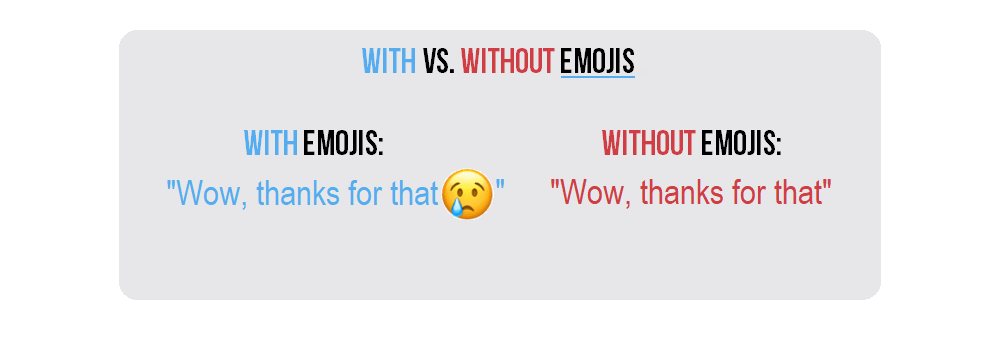
Social Media Engagement is one of the most important factors when maintaining and managing a social media marketing campaign. Whether you’re promoting a message, selling a product or showcasing yourself – the engagement achieved through your output on social media is a vital metric that can signify the success as to whether your time (and indeed money) is being spent wisely. Strong engagement on social media from your followers, likes or friends can be the key to unlocking rewards such as a higher number of sales, dedicated consumers and a more stronger outlook for achieving both your present and future marketing goals. Although there are a number of endless tutorials online with tips on how to increase social media engagement, many tend not to stray that far outside of the box – in this blog post, we’ll do just that and look at how to increase social media engagement like a pro.
Advantages to increasing social media engagement
We all know that increasing engagement is great and can come with many benefits for a company or an individual, but what truly are the advantages that are received from successfully increasing engagement?
- An increased number of sales: it’s inevitable that if a fan or follower feels like they’re part of something, they’re more likely to feel confident enough to carry out a purchase with you.
- Dedicated consumers: if your audience is connecting with you well on social media with the content you’re posting, they’re likely to be one of the first to also connect with any new products, services or campaigns you are to release.
- A stronger outlook for achieving marketing goals: with a well-engaged social media following, you’ve got a potential audience that is more open than ever before to take part in campaigns you may decide to run.

Increasing Social Media Engagement
There are many ways in which you can increase social media engagement, some of which can be very beneficial when implemented into your digital marketing plan.
One of the first methods to increase your social media engagement is to engage with your audience. It may seem simple enough, but many businesses still refuse to use their social media account to connect with their consumers, whilst others completely disregard the queries and questions that they’re being sent to them. Responding to your audience won’t just be pointless, but has the opportunity to clear a consumers mind and could entice them into investing into your product or service. It will also put the message into the consumers’ mind that they’ll get a reply if they engage with your social media engagement, ensuring that they will happily engage again in the future. Engaging with your audience can include anything from responding to messages and posts you’re tagged or mentioned in, liking photos that feature your company or its products and genuinely being present to what’s going on in your industry.

Follow-up material is another great way to keep your consumers interested in the message that you’re promoting. Follow-up material works when you release a piece of content and then post another status or tweet later in the day querying if your audience is aware of the content you had released prior. This can be upped for further engagement by asking your social audience a question relating to the content that only those who have seen it would know: triggering your audience to then look back on your feed for the tweet that they’ve missed. If you’re utilising social media sites like Twitter, you’ve got a further advance in that you’ll be able to chain tweets together so that they’ll both show on the users’ homepage, working as a “bump” to repromote such content.
Another great method is to keep to the theme. Whether you’re crafting a social media marketing campaign or simply managing an account, your output should always follow a specific theme and use the same sort of language and “voice” so that your following will be able to connect with your account better. Keeping to a theme will also allow you to be relatable to your following, with sudden changes to the script may make your account unfavourable to a following that was previously used to something more different.
It’s also important to understand that timing is key when it comes to managing social media accounts, your content will only get the maximum engagement possible when your audience is around to see it. What this means is if your audience is mostly from a specific country, such as France for example, it’s best to tweet/post around their timezone – dropping content when the Frenchman will be awake and not occupied with another activity. Perfect times will differ depending on the country of your target audience, but studies have found that the best time to post in Europe is between noon and 1pm, however, the hour of 4pm to 5pm is also another prime time that will increase the visibility of your post, enabling the potential for more interaction. You can also integrate external widgets and apps to discover when your audience is most active, with many services on the web offering “PowerPost” features.
Post like nobody can see you. If you want to increase engagement, you’ll need the quantity of content available for your audience to engage with. Although this doesn’t mean spamming the social feeds so much that your following can’t get a break – as that would see followers became disengaged and potentially unfollow you, but instead dropping well-curated posts at the best time of day. On Instagram, it’s said you should post a photo to your followers at least once a day, on Twitter that number is five times a day and on Facebook, only one post is required. In the same light of not skipping leg day – don’t skip a post day!
When choosing to promote a message, a product or a service: there is no better way to attract the attention of your audience in a sea full of text-based posts than by adding a photo, video or GIF to your post. A rich media post not only stands out but with the right content can look aesthetically pleasing and offer algorithmic benefits on some social platforms. As part of Facebook’s algorithm, it is said that text-only status posts are something that they’re not too keen on, with the algorithm opting to promote posts that include videos and images over the like of its text-only counterpart. If there isn’t a better reason to start crafting visual media, then I don’t know what is!
Using your social media accounts to connect with the latest trends and social issues is a great way to showcase yourself as someone who is up-to-date with the latest trends and to present your companies outlook in an ethical and conscious-minded way. Hitting the right chords on the topics your audience cares about is also the most foolproof approach to increasing engagement, an individual likes nothing more than connecting with topics that they can most relatable too, as well as trends that are at a virality. When going after the latest trends, it’s important that your social profile doesn’t stray too far from the industry and message that you’re trying to promote, picking up on subjects that best align or relate to the outlook of the social account. It’s also important that you avoid capitalising on tragedies: if you’re nothing to do with the issue at hand and there is no implication involved, cut it out.
Implementing call-to-action strategies in your posts are a great way to extract engagement from your following by offering them an opportunity to engage with your social profile. There are many different avenues you can take to adding call-to-actions within your tweet or post, but they all work towards one goal: getting your audience to engage in a particular action. A good example of a call-to-action strategy is to submit a post asking for the consumers’ input, as it gives your users a good inclination to connect with you. Below you can see a written example:

To capitalise on full engagement opportunities, a brilliant method is to discover and join in on social media discussions and chats on your designated platform. On Twitter, many industries have weekly discussions normally headed by a figurehead within that industry where anyone can chip in by using a hashtag. This perfect opportunity not only increases the visibility of your brand, but can see individuals connect with and discover your account that you previously wouldn’t have had the opportunity to before.
Portraying a positive outlook and voice to your social media account is always important when striving for further engagement. A good way to ensure that your message goes down well with your followers is to use emojis when an appropriate opportunity arises, this can be used to soften the blow of any criticism that your account is sent by other users or to add a personal touch to your online posts, adding a sense of realism to them.

With these 10 ultimate methods, you should now be well on your way to becoming a social media engagement professional. Just remember one thing when managing social media: it isn’t all about connecting and creating, but communicating too. So whatever social platform you see as your go-to or choose to roll out your engagement campaign with, these tips and tricks should hopefully connect you with your audience. If you have any additional engagement strategies you’d like to share, be sure to connect with me or leave a comment below.

